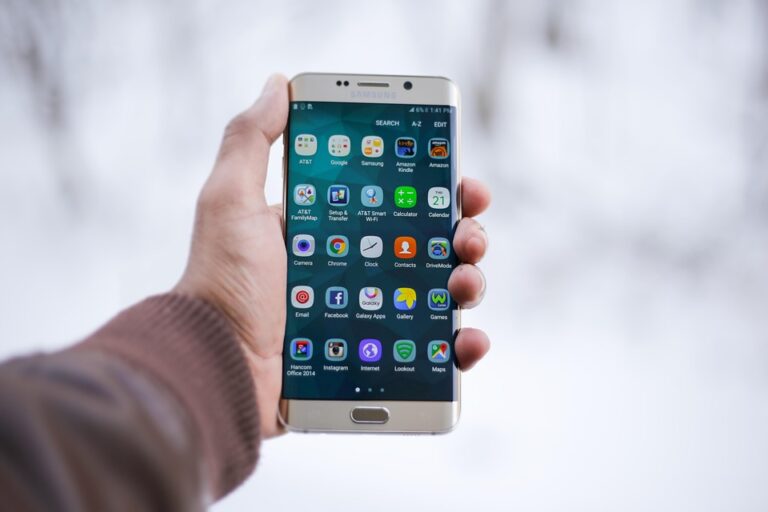Gamification in Everyday Life: Lessons from Mobile Gaming
In an era dominated by technology, mobile gaming has emerged as a cultural phenomenon, impacting not only players but also industries, education, and everyday life. By integrating gamification techniques, individuals and organizations can motivate behaviors, increase productivity, and enhance engagement. This article delves into the significant lessons that mobile gaming offers for everyday life, showcasing how these principles can stimulate change and creativity.
Understanding Gamification and Its Relevance
What is Gamification?
Gamification is the process of applying game-design elements in non-game contexts. By incorporating features such as points, badges, leaderboards, and challenges, gamification encourages participation and enhances the overall experience.
Why Mobile Gaming?
Mobile gaming has steadily grown into a multi-billion-dollar industry. According to recent statistics, the global mobile gaming market is projected to reach $272 billion by 2030, with a compound annual growth rate (CAGR) of 18.7% from 2023. This rapid growth underscores the significant impact mobile gaming has on user engagement and behavior.
Lessons from Mobile Gaming: Implementing Gamification in Daily Life
1. Goal Setting through Challenges
One of the core elements of mobile gaming is setting achievable goals. Players are motivated to complete quests and challenges to earn rewards. Similarly, in daily life, establishing specific, measurable, achievable, relevant, and time-bound (SMART) goals can drive personal and professional success.
- Example: Consider an organization implementing a challenge for employees to complete a training module within a week. By setting a deadline and offering incentives, such as recognition or prizes, they create a gamified environment that encourages participation and completion.
2. Feedback Loops: Instant Gratification
Mobile games are designed to provide immediate feedback. Players know instantly whether they have succeeded or failed, which encourages continued engagement. This principle can be adapted to everyday scenarios, particularly in educational settings or fitness routines.
- Statistic: A study conducted by the University of Colorado Boulder found that students exposed to gamified learning environments had a 30% increase in retention rates compared to traditional educational models.
Takeaway: Implementing systems where individuals receive instant feedback on their progress can enhance motivation. Apps that track fitness progress, like MyFitnessPal, or educational platforms like Duolingo use this tactic effectively.
3. Community Engagement and Social Interaction
Many mobile games incorporate community features, enabling players to collaborate or compete with friends. Social interaction enhances the gaming experience, making it more enjoyable and engaging. This principle can easily translate to real life.
- Example: Community-driven initiatives, such as charity walks or group fitness classes, can leverage social engagement to motivate participants. When individuals rally around a common cause, they are more likely to stick to their commitments.
4. Rewards and Recognition
Gamification leverages the human desire for recognition. Earning rewards—be it in-game currency or achievements—provides a sense of accomplishment. This concept can be applied to workplace environments by establishing reward systems for reaching targets.
- Statistic: According to a report by Deloitte, organizations that implement strong recognition programs see a 31% lower voluntary turnover rate. Recognition drives engagement, underlining the necessity of incorporating it into organizational practices.
5. Fun as a Motivator
Finally, mobile games thrive on making the experience enjoyable. When we find joy in our tasks, whether at work or in our daily responsibilities, we are more likely to engage deeply and critically.
- Analogy: Think of how a child learns through play. They explore the world around them, solving problems and discovering new things without the burden of pressure or monotony. Incorporating fun elements into the day-to-day tasks can yield similar results for adults.
Conclusion: Embracing Gamification for a Better Life
Mobile gaming has transformed entertainment, but its principles extend far beyond screens. By adopting gamification techniques in everyday life—whether in personal development, the workplace, or educational settings—individuals can foster motivation, increase engagement, and ultimately achieve their goals more effectively.
To further explore the intersection of gamification and productivity, check out our articles on How Gamification Boosts Workplace Productivity and The Power of Gamified Learning. For further reading on industry trends, you may want to visit published data from Global Mobile Gaming Market Trends.
By utilizing the powerful lessons from mobile gaming, we are well on our way to enhancing the richness of our everyday lives, transforming mundane tasks into engaging challenges that motivate us toward success.


